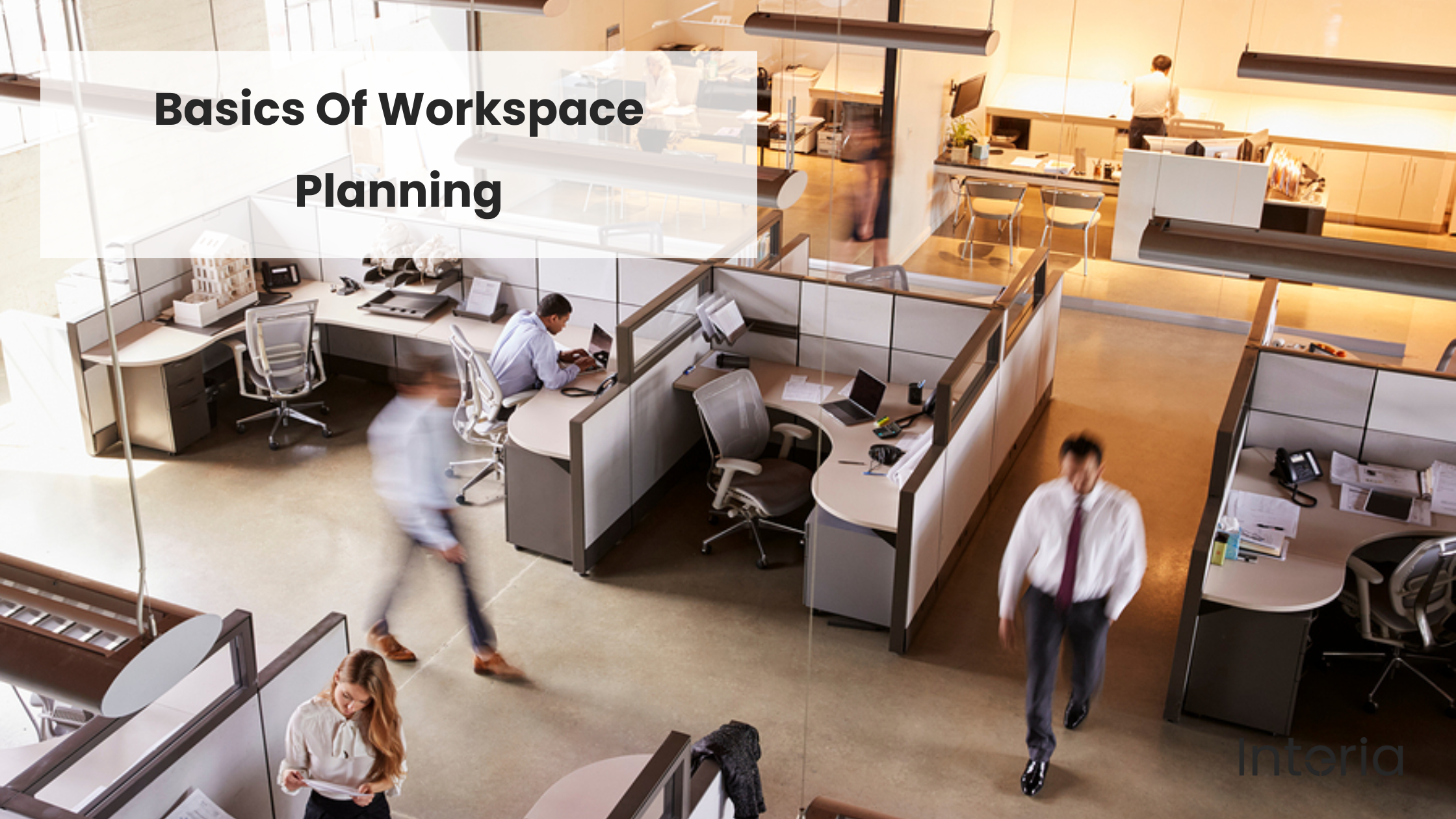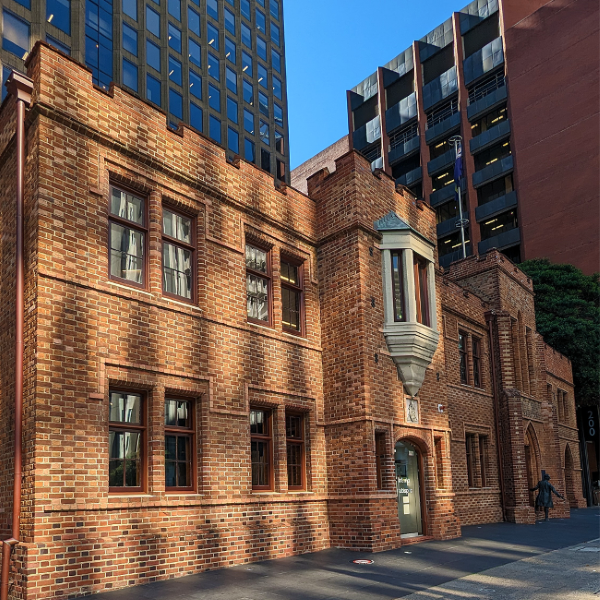
Basics Of Workspace Planning
One of the fundamental objectives of fitting-out your new office space or refurbishing an existing one is creating an environment that not only allows maximum efficiency but also takes care of the team as a whole. You might want to divide your office space into different sections and plan individually. Still, you’ll need to consider more areas than you have ever expected – to achieve a perfect workstation. The office workplace is not just for the business owner or the brand; it’s also for the team who drives the business ahead.
Flexibility In Workstations
Maximum flexibility in office workstation is achieved through the use of customised workstations, configured in different plans to suit teams and tasks. Modular office workstation layouts with the least number of variations possible help facilitate future rearrangement if necessary. If you want more control over your workstation, choose its size according to the tasks performed by the user rather than job classification or status. E.g., a multitasking workstation will require more space than workstations where tasks can be carried out in computers only.
Workstation systems should consist of components that can be reconfigured without requiring to invest time and multiple trades. Integrating workstations and desks made from separable free-standing components are advantageous over some custom-built office furniture that restricts reconfiguration.
Modular, free-standing or desk-mounted screens can provide workstations with perfect privacy and flexibility. Lower screens facilitate effective communication and interaction between the members of staff. With increased screen height, privacy increases but communication and outlook are constrained.
Workstation Shapes
More modern offices of today are incorporating open-plan office workstations. Considering future expansion and reconfiguration is essential when planning for the workstation area. One of the most common workstation shapes used in Offices in Perth is straight office desks and the l shape corner desk. The latter workstation shape offers a larger space for both computer and paper-based tasks. There is an increasing trend of using straight office desks, combined with a mobile storage caddy set at right angles to the desk for increased functionality. It not only provides more flexibility but also offers storage, negating the need for stand-alone office bookcases and cupboards.
120degree workstation or pod workstation setup is another common workstation shape used in offices. This shape allows three workstations to form a pod shape, increasing the number of workstations you can fit into the floor-plan. When combined with office screens such as the Interia Prestio32 desk-mounted screen, this workstation shape is a cost-effective answer to the general clerical workstation areas and call centres.
At Interia, we keep innovating better ways of office fit-outs. Our experienced office planners can help incorporate modern and proven concepts into your floor plan to maximise your space with the best functionality. Visit Interia for a free office space consulting service in Perth.
Open Plan Layout Vs Flexible Plan
Though the concept of open-plan workspace first appeared in the 1940s, it’s after the tech boom of the early 2000s that this concept is widely accommodated in modern offices. After replacing the ’80s and 90’s offices comprised of dozens of cubes, divided only by partitions, open plan has come a long way. Still, some issues arise with having only the communal areas in the workplace. The trick is to strike a balance between open plan and private spaces.
– The Problem With The Open Plan Concept
Adopting a solely open-plan workplace doesn’t take the varying work styles the employees have into consideration. While some people enjoy constant interaction and noise, it can be an unpleasant environment to concentrate and carry out the task for others. An entirely communal area without any private enclosures means workspace planning is only designed for certain types of individuals. Different individuals in an office space perform different jobs and prefer a different environment.
Although open plan encourages collaboration, the regular interruptions from other colleagues can be a significant source of angst when someone is under the pressure of a looming deadline or if someone wants to concentrate. Out of frustration, some employees put on earphones without music playing – to signal they don’t want to be approached.
– Finding The Balance With A Flexible Office Plan
The key to creating a functional workplace is to adopt a flexible approach where private area workstations are intermixed with open plan. Open plan provides excellent opportunities for interaction and collaboration. At the same time, private spaces allow employees to have the chance to escape the hustle and bustle of the crowd and concentrate the way they want.
On a flexible office plan, you can effectively include small, private rooms for phone calls, meeting rooms for smaller group discussions or meetings and offices where employees can go to escape the noise if they need to. These are some examples of private areas which can be incorporated into the workplace.
Of course, the layout of your workplace furniture depends on the specific needs of your business, but a flexible approach means you can get the balance right between the benefits of open plan and the need for privacy.
Encouraging Collaboration In Your Workspace
Over time, Interia has been continuously researching the workspaces that deliver the best efficiency. We always look forward to creating the best workspace that is not only flexible but also collaborative. Although the open-plan is still one of the most popular options today, it needs to be done innovatively so a collaborative workspace can be achieved while respecting the different working styles of employees
– Customisable Workspaces
A well-defined collaboration means you need to interact with others to make it happen effectively. An open-plan working environment facilitates employees to communicate with each other and approach other colleagues more easily. While open-plan all the way may not be as effective for every employee, installation of screens can help workstations convert them into private space or collaborative space as per requirement. Low partitions in workstations also help employees to pick up on the activity of their colleagues, keeping noise levels in checks.
Introduce acrylic screens in workstations to achieve a flexible environment. These screens can easily fit in workstations and convert them into private spaces instantly.
– Diverse Common Areas
Common areas such as lunchrooms and meeting rooms are essential not only to encourage interactions between employees but also to allow workers to have an inviting space away from their desks. Additional areas such as small, private rooms for phone calls or rooms for group conversations can also add to the collaborative nature of a workplace.
Different studies have suggested that employees who often take breaks are more productive than those who work without taking any breaks. So breakout areas have become an essential part of any office environment today.
– Your Rules
Once you’ve set up your new office space, it’s essential that you set clear rules on how the different areas should work. It avoids areas being misused and lets employees know what’s expected of them. Setting clear guidelines also means employees don’t need to worry about areas where they can escape the activity of the office and socially interact with their colleagues. For a collaborative outcome, however, design plays a vital role. If your office is well designed, employees should have no problem integrating the best ways to collaborate and deliver results.
Trends Influencing Workplace Design
Since there is no universal formula to achieve the best office fit-out, you should custom-plan your fit-out according to your business type and your team for the results you desire. However, adopting new trends can help achieve efficiency and flexibility to the next level in your office space. Innovative furniture such as standing desks is widely adopted in modern offices. Accommodating flexible furniture and innovative styles can help you evolve your work norm.
Technology has and continues to change the workplace structures and the way you work.
- Flexibility: As the working culture is changing, companies are matching their offices to suit the needs of the employees. Employees are working from home more than ever and visiting the office space for shorter periods. A flexible workplace with adaptable furniture to suit different individuals on a single setting has become essential. Such casual areas allow employees to perform for a few hours. Office Desks are no longer just a one-person space.
- Health and wellbeing: Caring about employee’s health and wellbeing has become one of the most important topics for businesses today. To address the issue of fatigue and physical health, companies are incorporating a mix of new office furniture and equipment that increase movement. It includes sit-stand desks and ergonomic furniture. Readjusting the office layout has also helped businesses encourage employees to move around.
- Environmental responsibility: To positively contribute to the environment, companies have ditched paper records for cloud storage. The same goes for printing. Most paperwork can be done online now, which frees up room in the office for other things like a lounge area. As a result, the spaces that storage furniture occupy can be used for other productive purposes.
- Task-based evaluation (not hours-based): Back in the early ’80s, the 9-5 structure was ingrained. People would not compromise the work for eight hours, five days a week with anything regular. But the line between work life and personal life has blurred due to technology. Now, we can check our emails at night on our smartphones. It has led forward-thinking companies to focus on tasks, not hours. For jobs that involve intense focus, areas like private pods and quiet zones work well. Introduce these into your office space and give your people the right environment to work, free of distraction.
- Natural lighting: Natural lighting is proven to have helped increase productivity and maintain a positive mood in employees. Consider how you can position the workstations to benefit from the most amount of natural light. If your reception area is closest to the window, think about how you can adjust the space. Your employees are the people who spend the most time in the office. Keep them motivated with natural sunlight.



